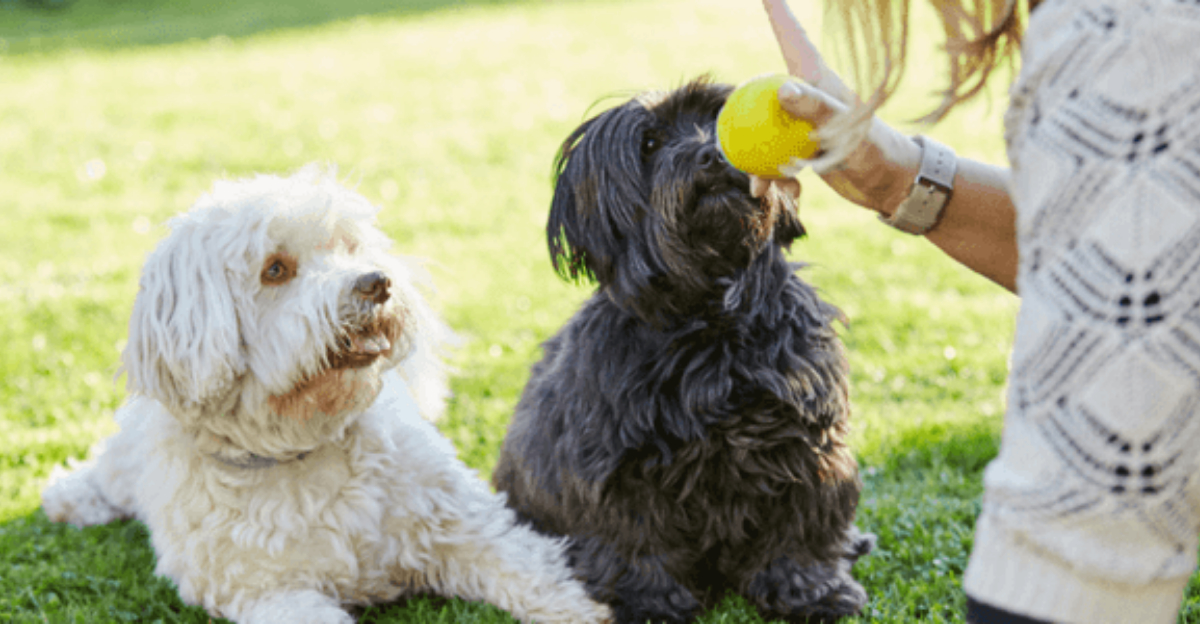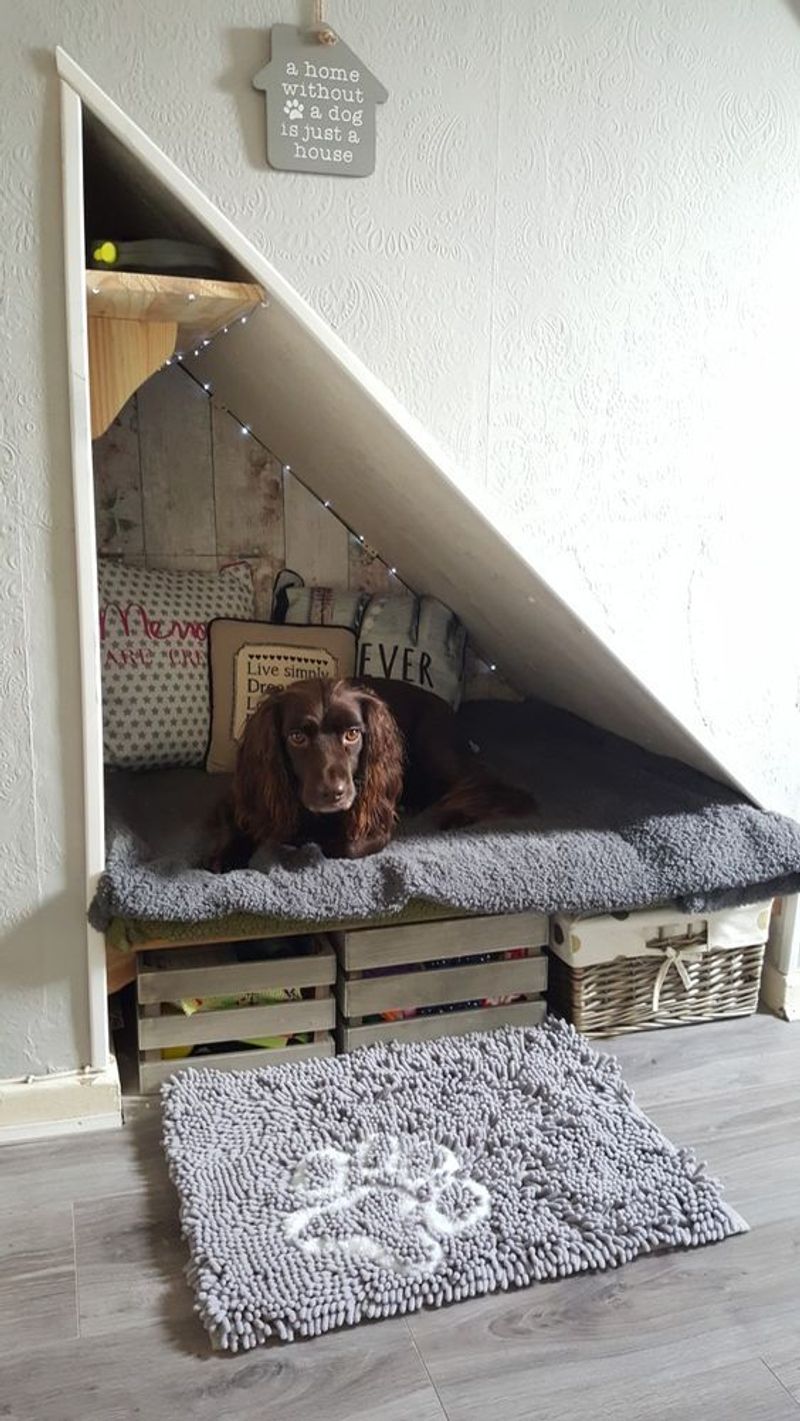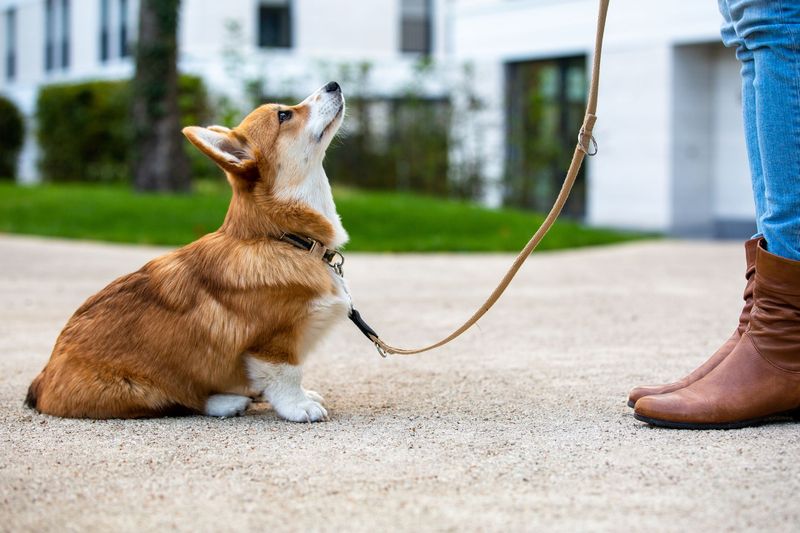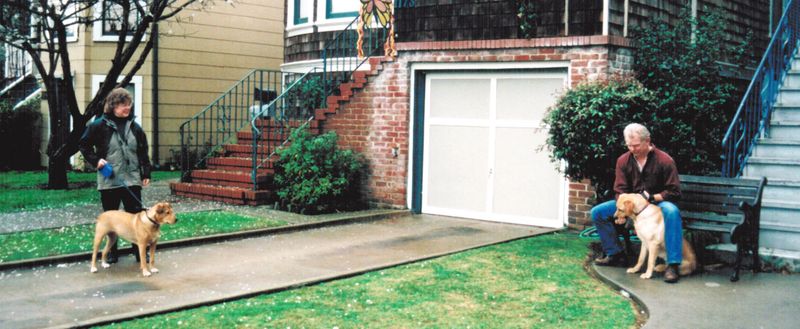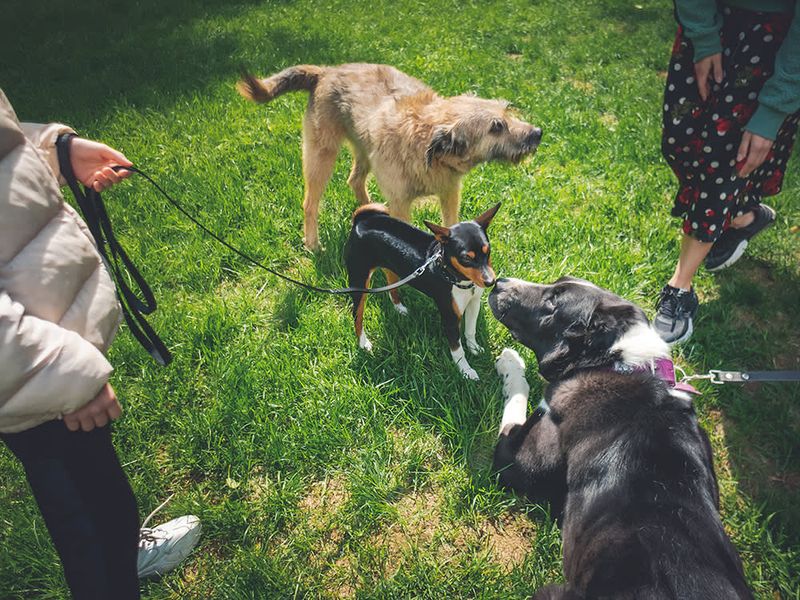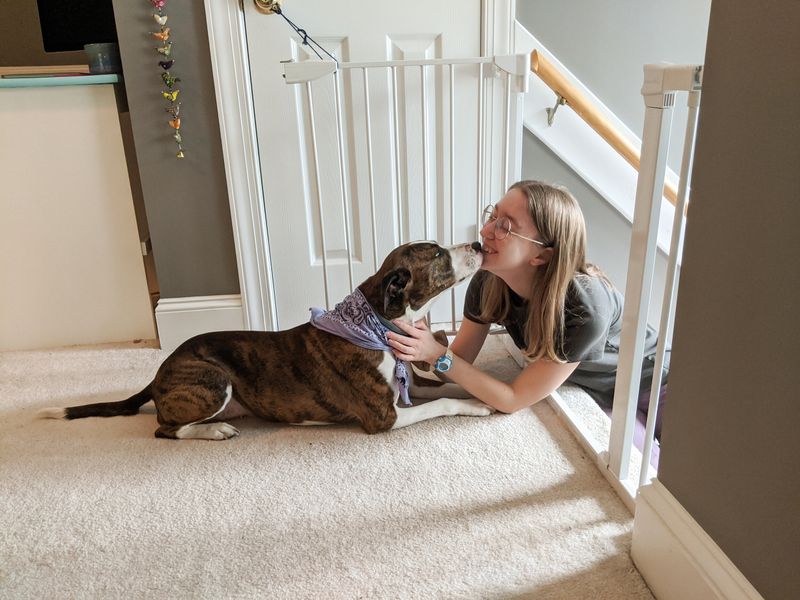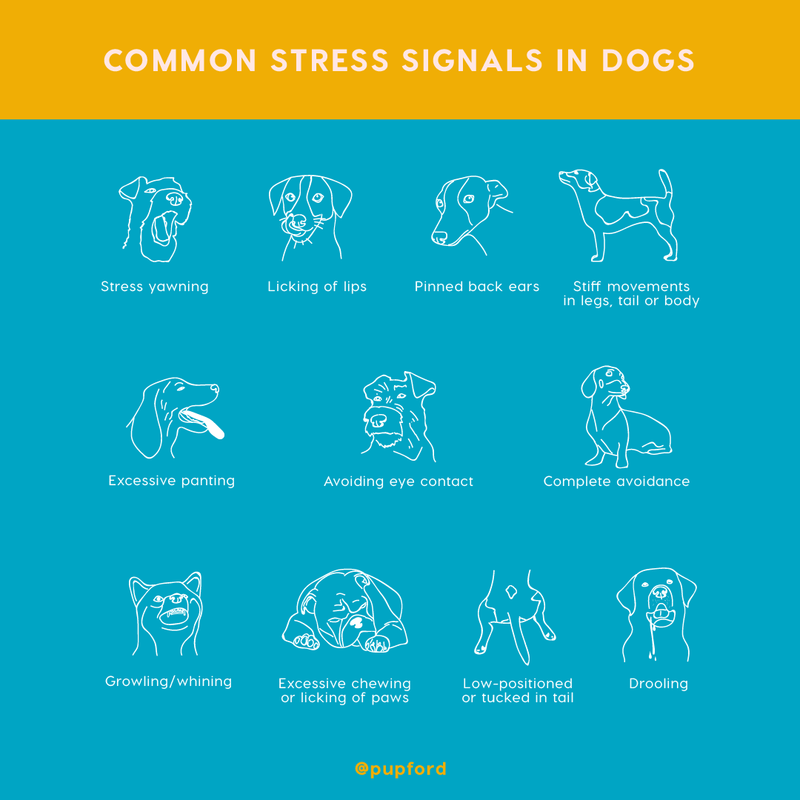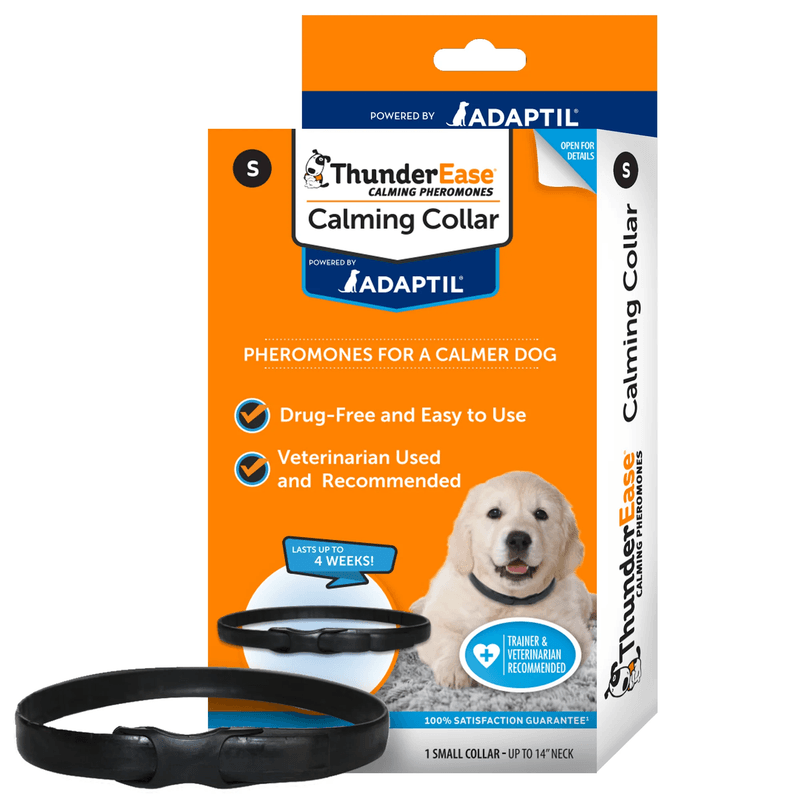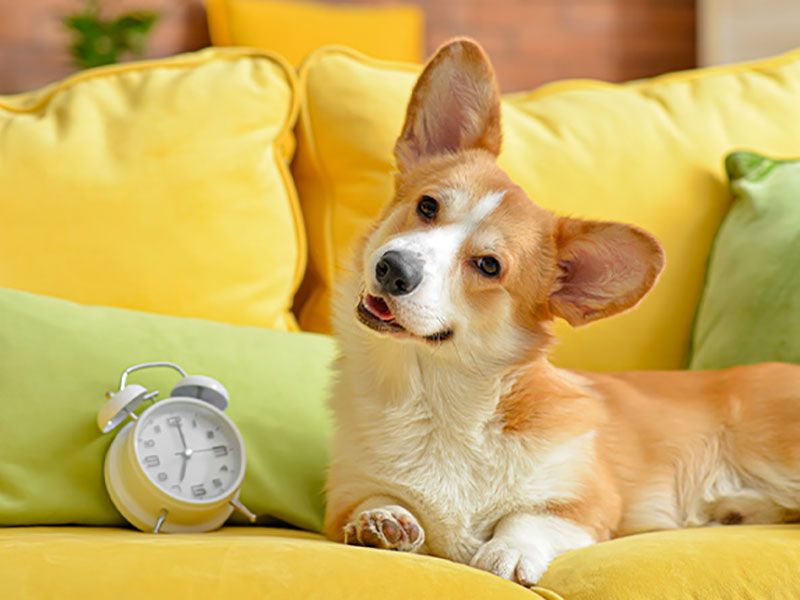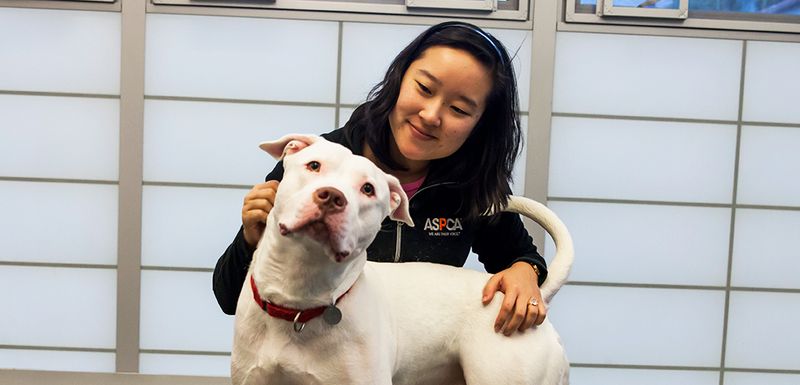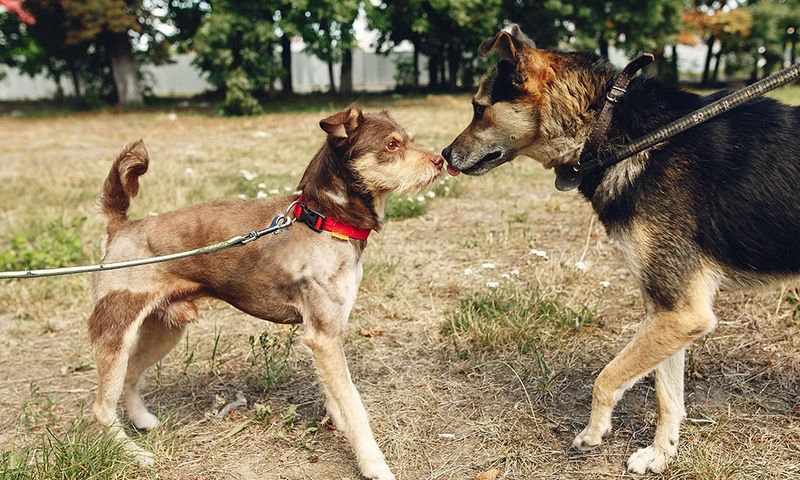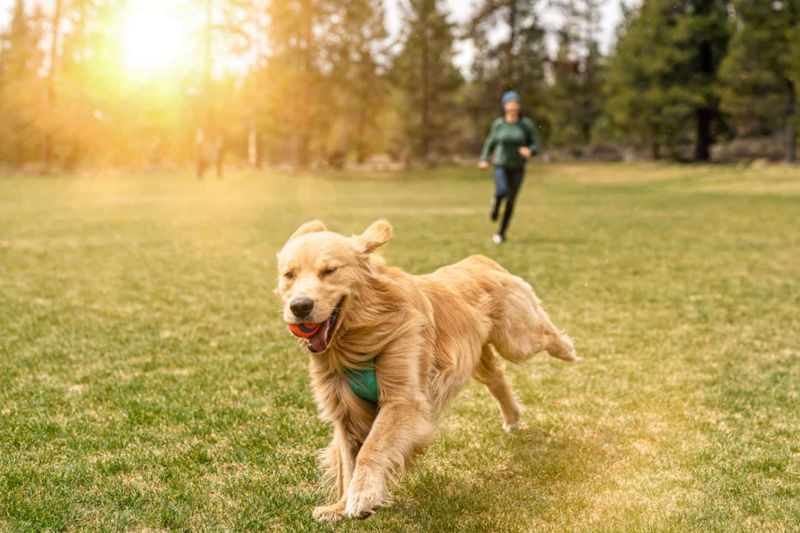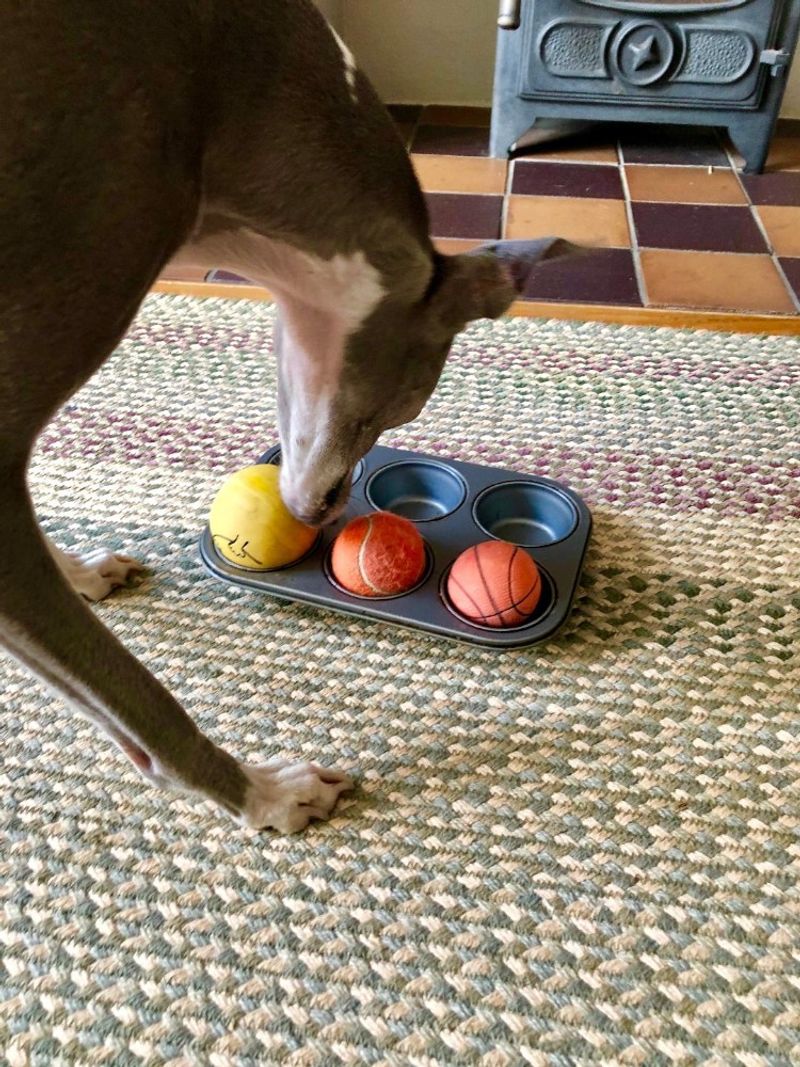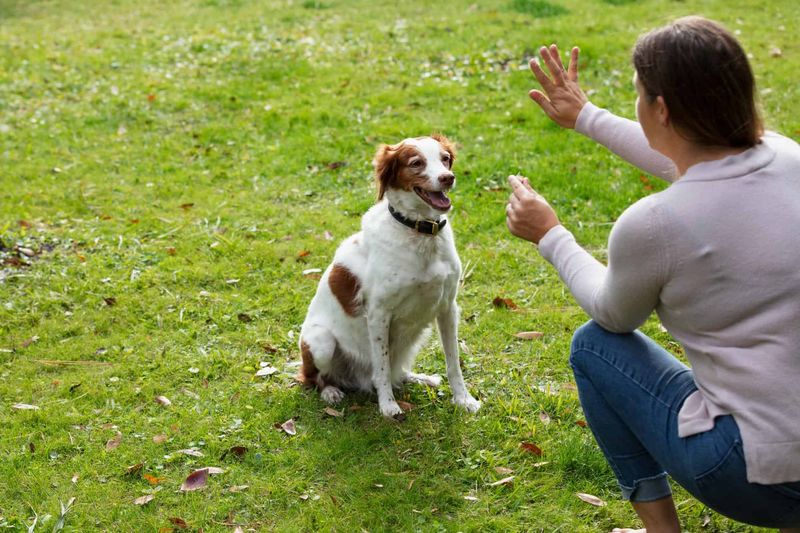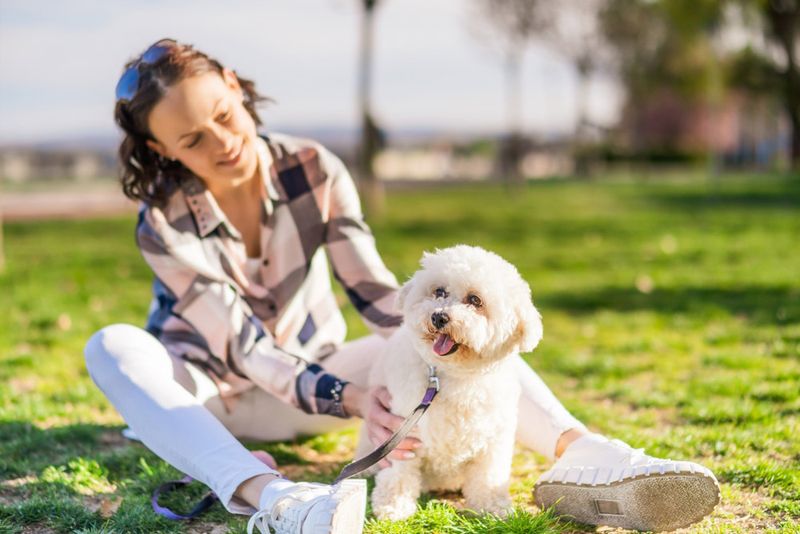Helping dogs overcome nervousness around other dogs requires understanding, patience, and specific strategies. Explore these thoughtful tips designed to enhance your dog’s confidence and comfort.
Utilize Safe Spaces
For dogs who are nervous, having a safe space to retreat is essential. Designate a quiet area in your home where your dog can relax without disturbances. Fill it with familiar items like their bed, toys, and blankets. This space should be accessible at all times, especially when other dogs are around.
Encourage your pet to use this sanctuary as needed. Over time, they will learn to associate it with safety and comfort. A peaceful retreat can significantly reduce anxiety levels, allowing them to process interactions at their own pace.
Practice Desensitization
Desensitization involves gradually exposing your dog to other dogs in a controlled manner. Start with low-intensity settings, such as watching videos of dogs or observing them from a distance. Pair these experiences with treats or rewards to create positive associations.
Slowly increase the intensity by bringing your dog to parks or areas where dogs are present, but remain at a comfortable distance. Repeated exposure can lessen fear over time, but it’s essential to move at your dog’s pace. Patience and observation are vital to ensure progress without overwhelming them.
Leverage Counter-Conditioning
Counter-conditioning aims to change your dog’s emotional response to other dogs. Instead of reacting with fear, they learn to associate other dogs with positive outcomes. Begin by identifying a distance where your dog feels safe and reward them for calm behavior as another dog approaches.
Gradually decrease the distance while continuing to use treats or praise. This method requires consistency and observation. Each successful interaction builds confidence, teaching your dog that they can remain calm in the presence of other dogs. Professional guidance can be beneficial in complex cases.
Implement Regular Socialization
Socialization is key to reducing nervousness in dogs. Begin with controlled environments where your dog can meet others in a safe and structured way. Puppy classes or small meetups with well-behaved dogs can provide positive experiences. Keep initial interactions short to prevent overwhelming your pet.
Observe their body language for signs of stress and act accordingly. Consistent, positive interactions with other dogs build confidence over time. Remember, each dog is unique, so tailor socialization experiences to fit their comfort level and personality.
Engage in Obedience Training
Obedience training provides a foundation of trust and communication between you and your dog. Commands like “sit,” “stay,” and “leave it” can redirect their attention away from anxiety-inducing situations. Regular training sessions reinforce positive behavior and boost confidence.
Consider enrolling in an obedience class where your dog can learn alongside others. This not only improves behavior but also familiarizes them with other dogs in a controlled environment. Training should be consistent and positive, focusing on rewards and encouragement rather than punishment.
Create Positive Associations
Building positive associations can be a game-changer for nervous dogs. Start by rewarding your dog with treats or praise when another dog is in sight, even from a distance. This teaches them that other dogs mean good things happen. Keep sessions short and gentle, gradually closing the distance over time. It’s crucial to remain calm and patient, as your energy affects your pet.
A professional trainer can offer personalized guidance. Don’t rush the process; let your dog’s comfort level dictate the pace. Remember, consistency and positivity are key to transforming nervousness into confidence.
Use Body Language Awareness
Understanding your dog’s body language can help you manage their anxiety effectively. Signs like a tucked tail, flattened ears, or avoidance indicate stress. Knowing these signals allows you to intervene before anxiety escalates.
When you notice such behaviors, calmly redirect your dog’s focus to something positive, like a treat or toy. This can prevent negative interactions and reinforce their trust in you. Regularly observing and understanding their cues empowers you to create a supportive environment tailored to their needs.
Utilize Calming Products
Calming products can provide additional support for nervous dogs. Items like pheromone diffusers, calming collars, or anxiety wraps can create a soothing environment. These products are designed to reduce stress and promote relaxation without the need for medication.
Experiment with different products to find what works best for your dog. Always observe their reactions to ensure comfort and effectiveness. Combining these tools with other techniques can enhance their overall sense of well-being and ease around other dogs.
Establish a Routine
Dogs thrive on routine, which can provide a sense of security and predictability. Establishing regular meal times, walks, and play sessions helps reduce anxiety by creating a structured environment. Consistent routines can make new experiences, like meeting other dogs, less daunting.
When introducing changes, do so gradually to avoid overwhelming your pet. Routines should be flexible enough to accommodate your dog’s needs but consistent enough to provide stability. A well-established routine can transform anxiety into calm anticipation of daily activities.
Seek Professional Guidance
For dogs with significant anxiety, professional guidance may be necessary. Experienced trainers or behaviorists can offer tailored strategies and support. They can identify triggers and develop a plan that addresses your dog’s specific needs.
Professional help can be especially beneficial if previous attempts at reducing anxiety have been unsuccessful. These experts provide valuable insights and tools to manage and alleviate nervousness. Collaborating with professionals ensures a comprehensive approach to improving your dog’s interactions with others.
Introduce New Dogs Slowly
Gradually introducing new dogs can prevent overwhelming your pet. Start by allowing them to observe each other from a distance. If both dogs appear relaxed, decrease the distance slowly. Leashed walks in parallel can be effective, providing a controlled and safe introduction.
Always monitor their body language to gauge comfort levels. Slow introductions build positive experiences and prevent negative associations. Patience is essential, as each dog adjusts to new companions at their own pace. Successful introductions foster confidence and ease future encounters.
Promote Physical Exercise
Physical exercise is a natural stress reliever for dogs. Regular activities like walks, playtime, or agility training can reduce anxiety and build confidence. A tired dog is often less reactive, making interactions with other dogs more manageable.
Tailor exercise routines to your dog’s age and breed to prevent overexertion. Engaging in physical activities together strengthens your bond and provides opportunities for positive reinforcement. Exercise is not just about physical health; it also plays a crucial role in mental well-being.
Encourage Mental Stimulation
Mental stimulation can divert a dog’s focus from anxiety triggers. Puzzle toys, training exercises, or scent games engage their mind and provide rewarding challenges. Keeping your dog mentally active contributes to emotional balance and reduces stress.
Incorporate these activities into their daily routine to offer variety and enrichment. Mental stimulation complements physical exercise, providing a holistic approach to managing anxiety. Engaged minds are less likely to dwell on fears, promoting a calm disposition around other dogs.
Harness Positive Reinforcement
Positive reinforcement encourages desirable behavior by rewarding your dog with treats, praise, or playtime. This method builds trust and fosters a sense of accomplishment. When your dog remains calm around other dogs, immediately reward them to reinforce the behavior.
The consistency of rewards is crucial, as it strengthens the association between calm interactions and positive outcomes. This approach nurtures confidence and reduces anxiety. Over time, your dog’s reactions to other dogs will improve, creating a more harmonious social experience.
Foster Positive Experiences
Creating positive experiences with other dogs can lessen anxiety over time. Plan outings where your dog can observe calm, friendly dogs in non-threatening settings. Gradually increase exposure as their comfort grows.
Reward calm behavior with treats or praise to reinforce positive associations. A supportive environment encourages curiosity and confidence. Each successful interaction gradually diminishes fear, building a foundation for future social engagements. Consistent positive experiences shape a more relaxed and sociable pet.
